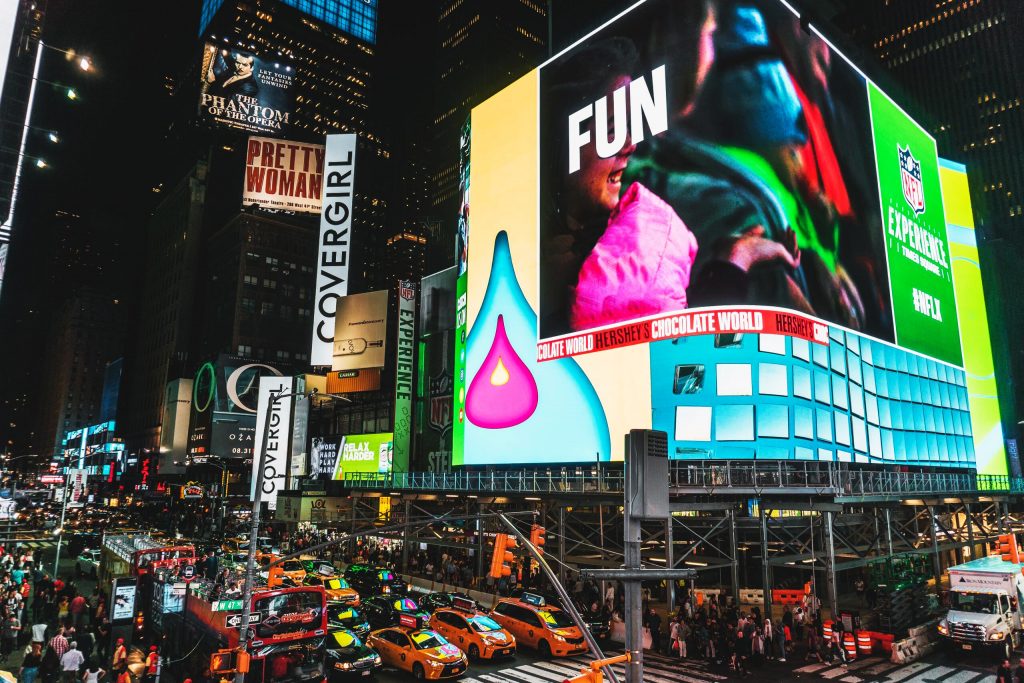Depi ane 1990 yo, tout la segondè definisyon dirije ekspozisyon endistri nan kay ak aletranje te devlope nan yon gwo vitès. Espesyalman nan twa ane ki sot pase yo, akòz konpetisyon an mache feròs, endistri a te sibi yon fenomèn remaniman. Anpil Chinwa dirije antrepwiz te reyalize presyon konpetisyon an, ogmante envestisman kapital, kontinye elaji echèl la, ak fè gwo efò nan teknoloji dirijan ak diferansye konpetisyon, espesyalman kòm ekleraj dirije yo te kòmanse antre nan epòk aplikasyon an nan yon gwo echèl, Li te louvri pwològ domestik refòm ekleraj dirije. Kounye a, mache domestik ki ap dirije a te konplètman louvri, ak ekspòtasyon pwodwi ki ap dirije toujou konte pou yon gwo pwopòsyon. Li konprann ke endistri domestik ki ap dirije a konsantre nan Shenzhen, ak sou 80% nan pwodwi li yo ekspòte.

For traditional Chinese enterprises, it is a challenge to do well in the international market. First of all, due to the late start of China’s LED industry, the lack of awareness of intellectual property rights, and the relatively lagging work on patent application and protection, Chinese LED display companies are difficult to grasp the initiative in the international market because of the lack of LED patents, and are often in a relatively passive position in the face of fierce market competition. Dezyèmman, the international LED standard formulation has reached a considerable scale, and its system is relatively mature and complete, and is basically synchronized with the development of the market. Sepandan, the introduction of China’s LED standards is far behind. We should learn from the advanced experience of the United States, the European Union and other countries, and start with the urgent standards that have a great impact on the development of products, and quickly develop some standards or specifications that are conducive to industrial development, so that enterprises in the industry can learn from and reference.
Twazyèmman, Chinese enterprises are also under competitive pressure from other countries to explore the international market of LED display screens. In Asia alone, Japon, South Korea and China are three countries with relatively complete industry development, and each has its own advantages: Japan’s LED industry started earlier, the industrial chain is intact, and it has an insignificant position in international shopping malls, accounting for 1/4 of the proportion of international shopping malls in 2010; Although the LED industry in South Korea started late, it rose rapidly in just a few years by virtue of its technological development strength; The development of China’s LED industry is strongly supported by the government, and has the advantages of manpower, raw materials and other costs.
In the long run, in the context of globalization and the deepening of shopping malls, LED global competition is inevitable. Only with competition can we have the power to promote the continuous progress of the industry and promote the continuous development of industry. Benign competition is also a necessary condition to promote the continuous progress of shopping malls, but also to prevent the breeding of vicious competition.
